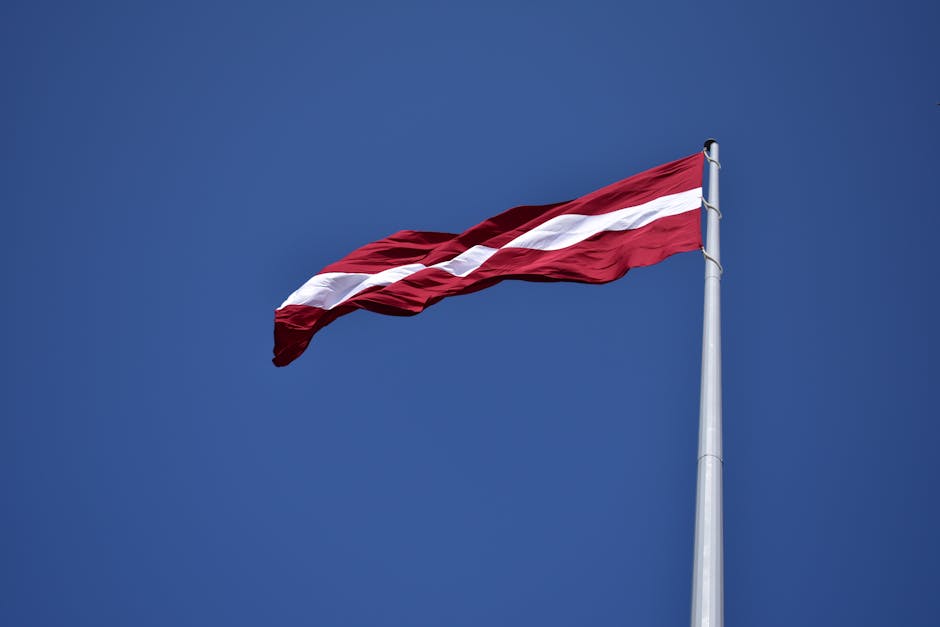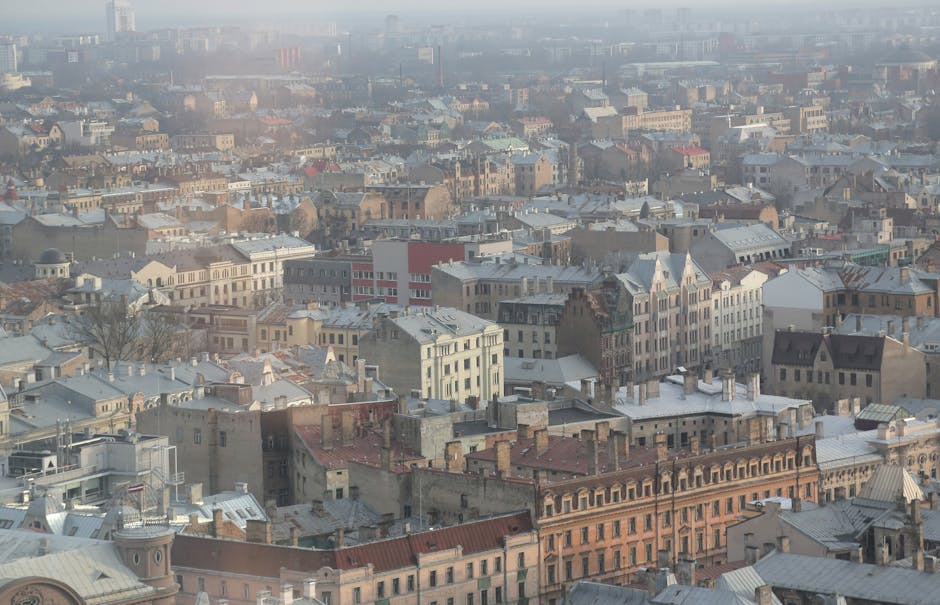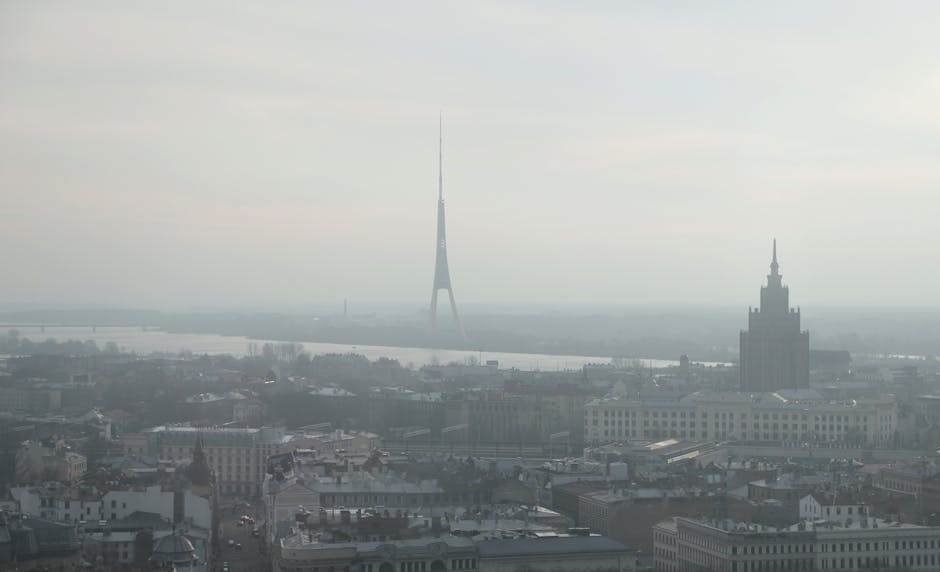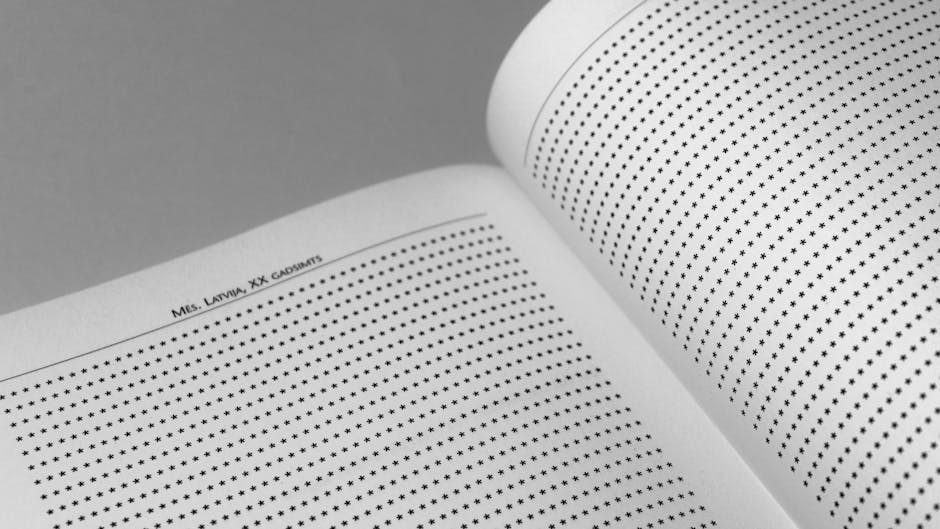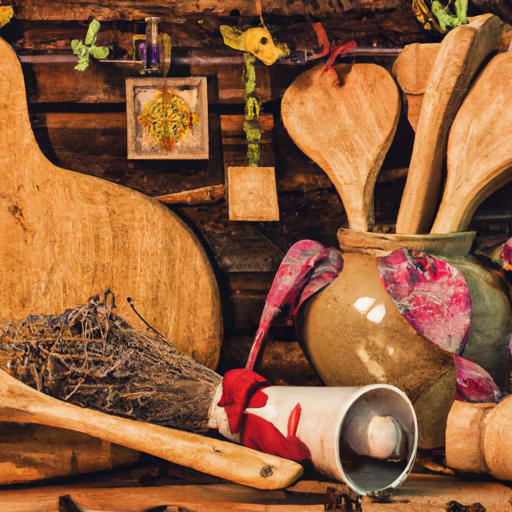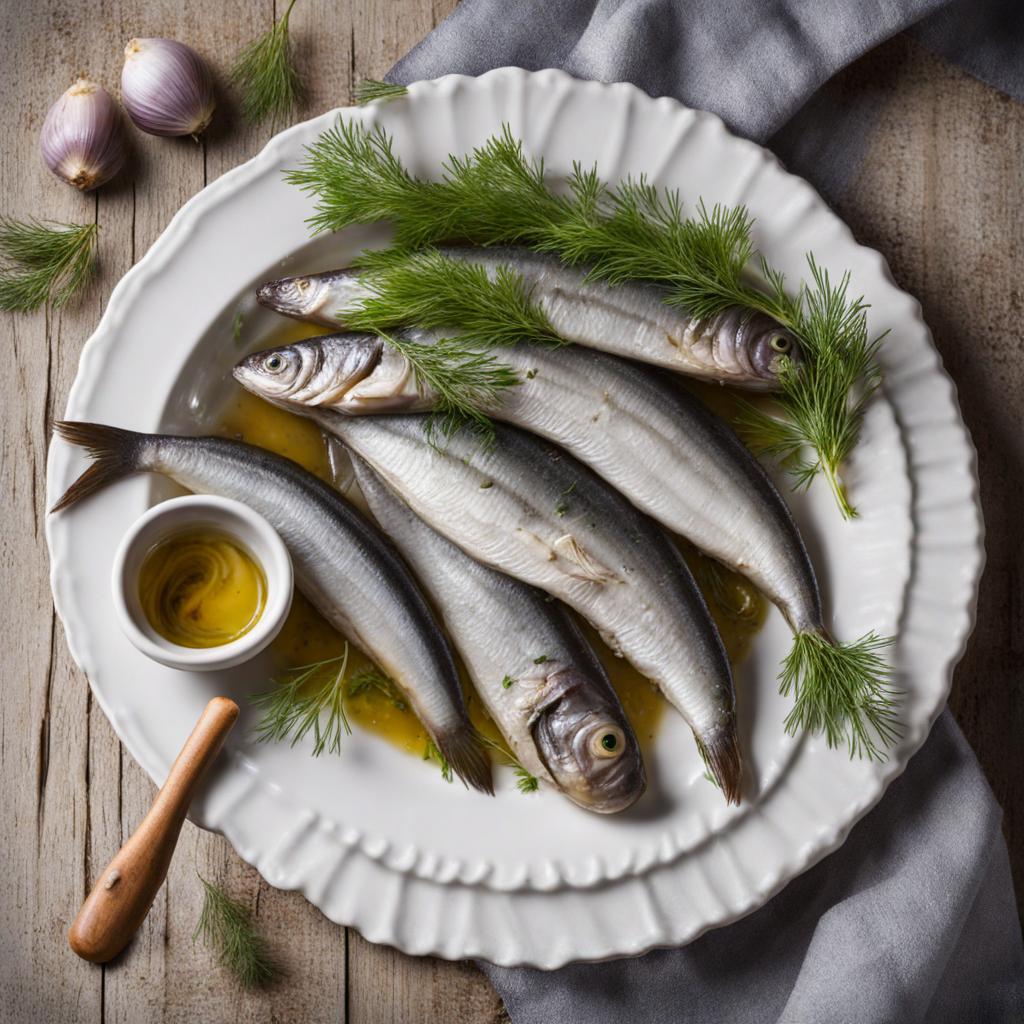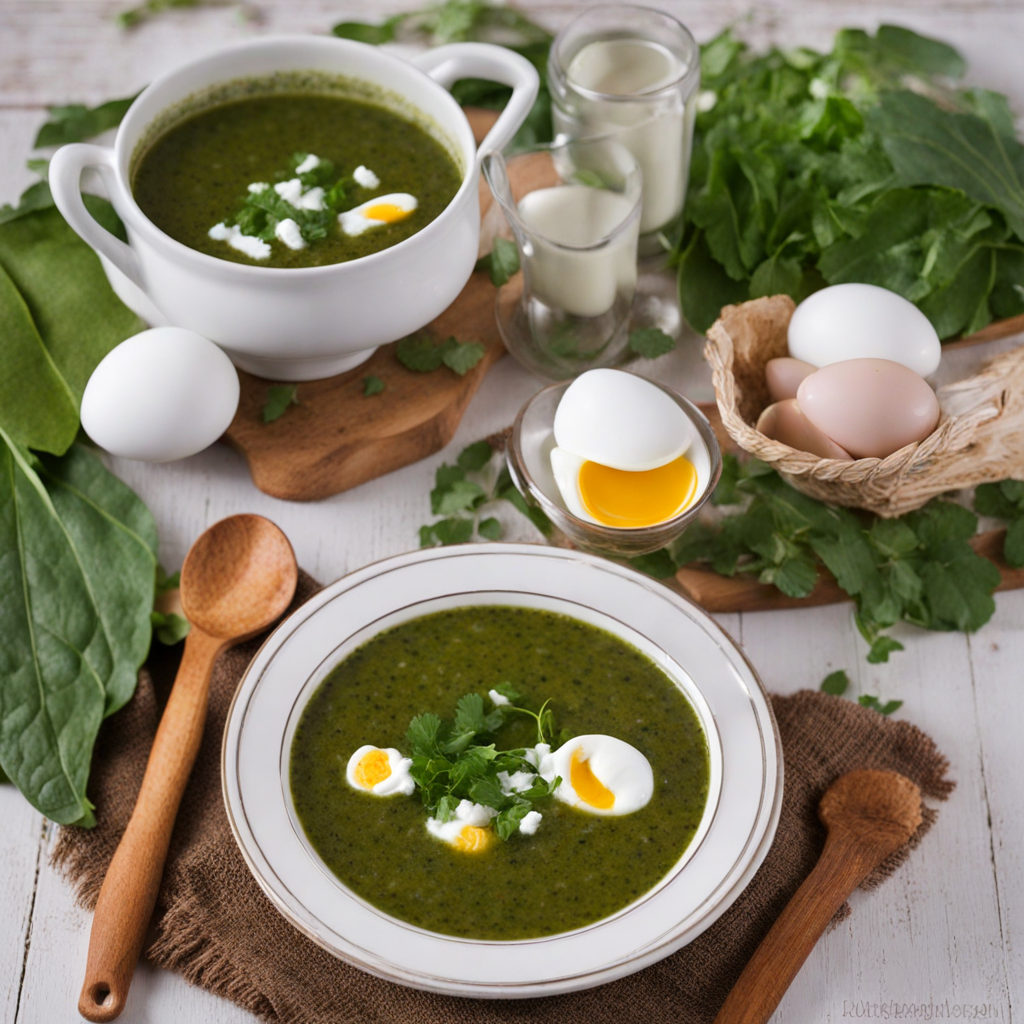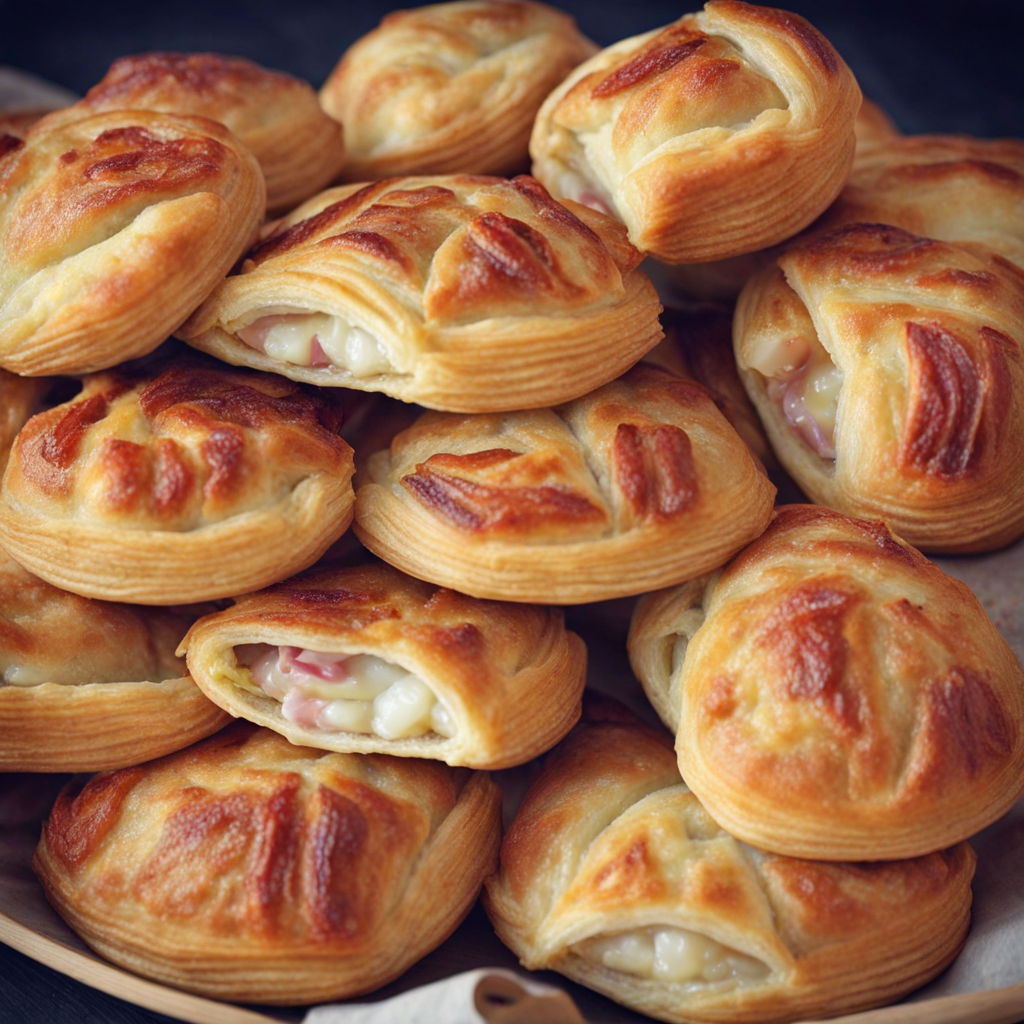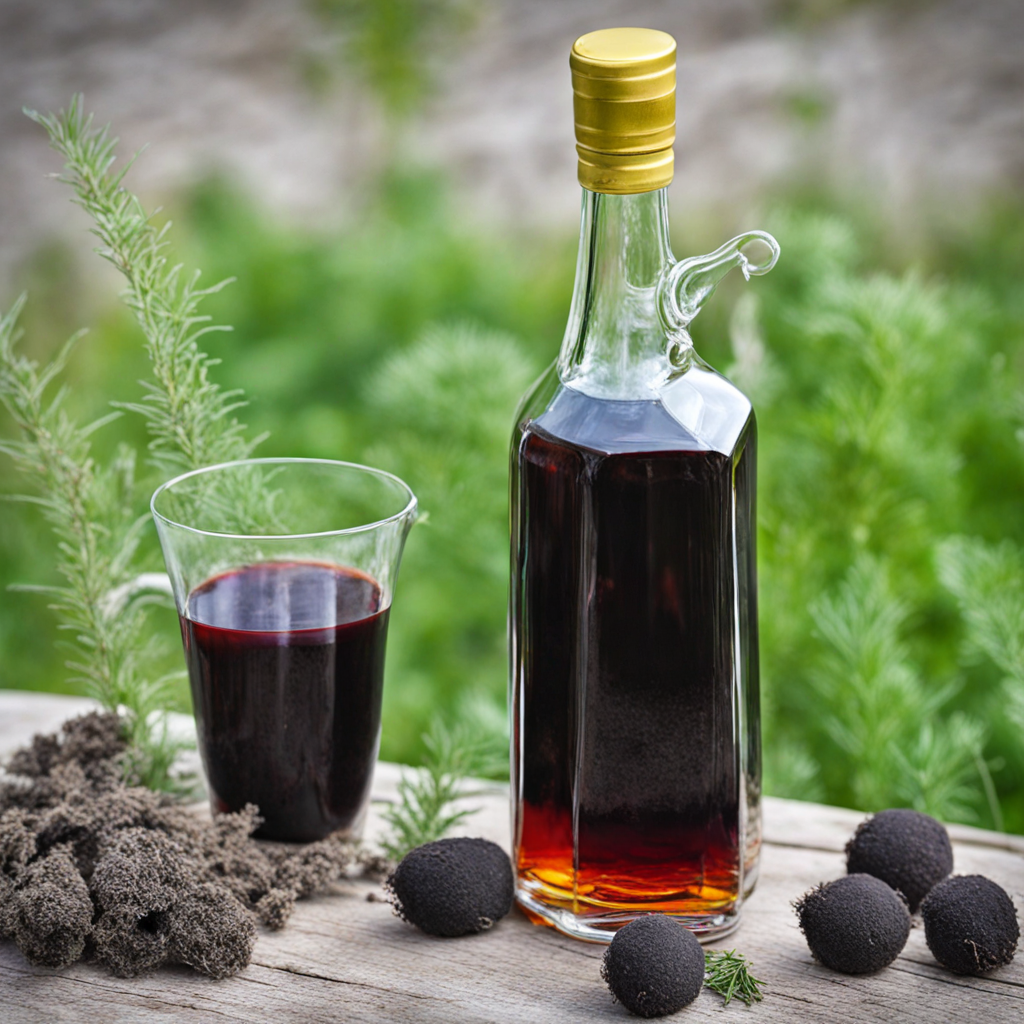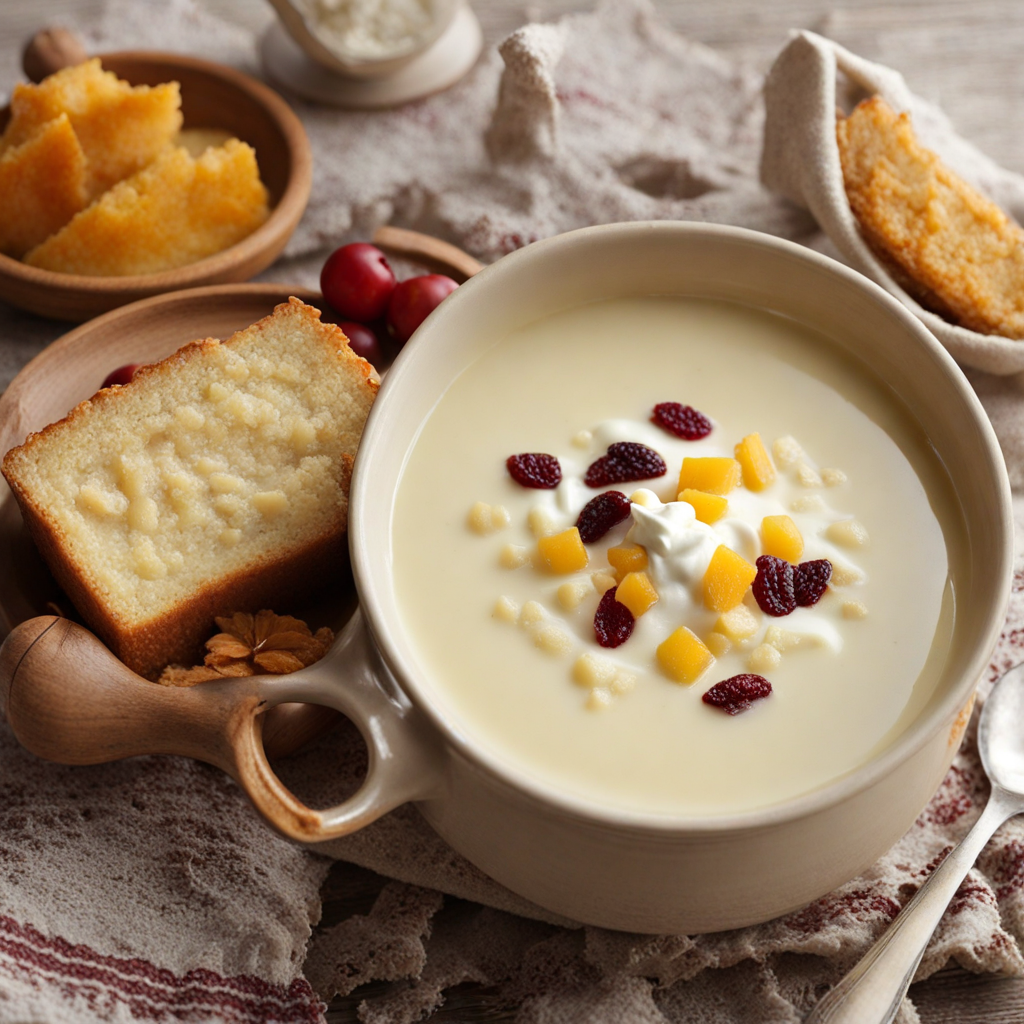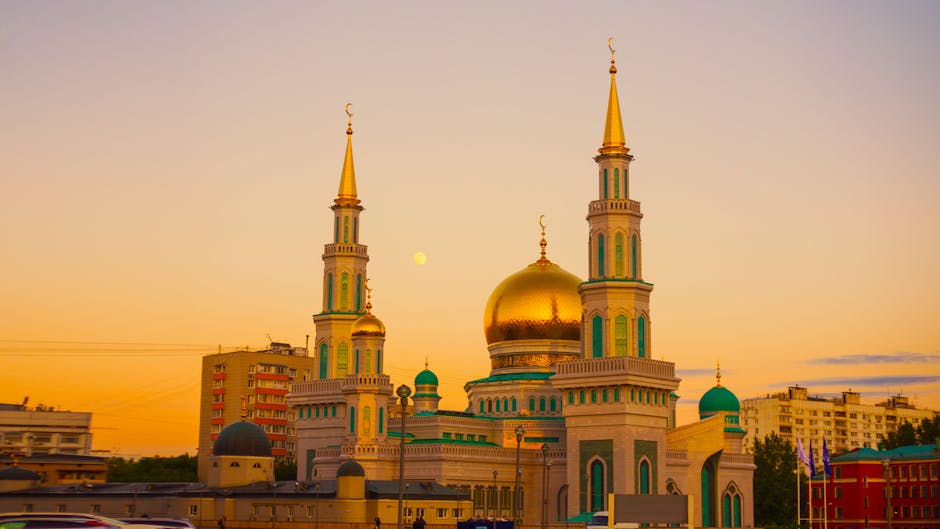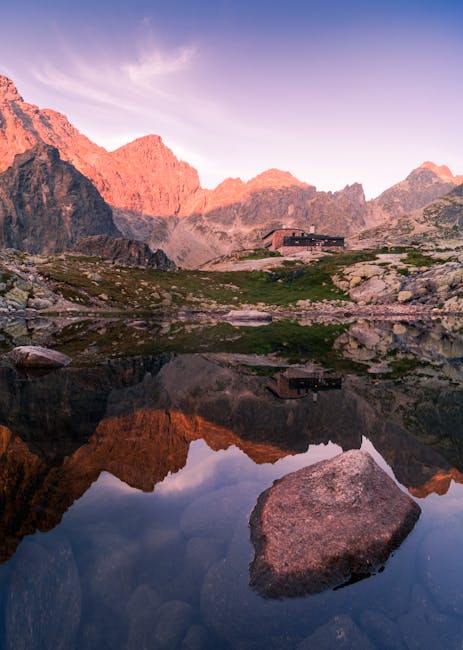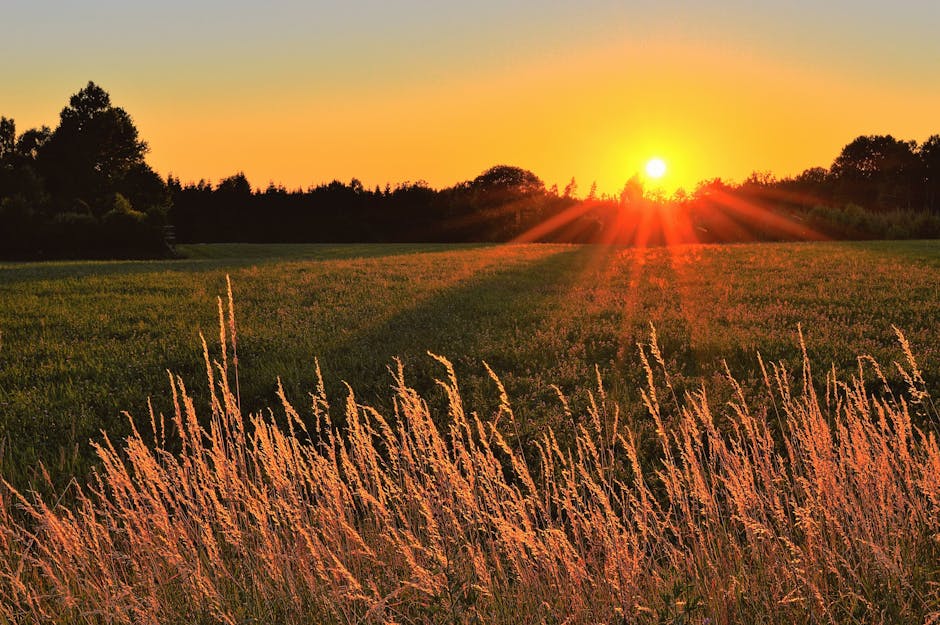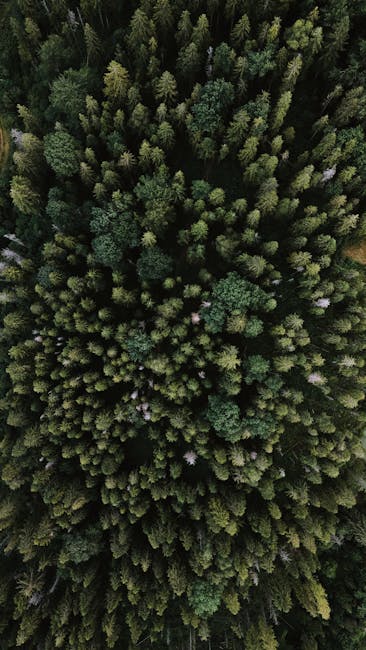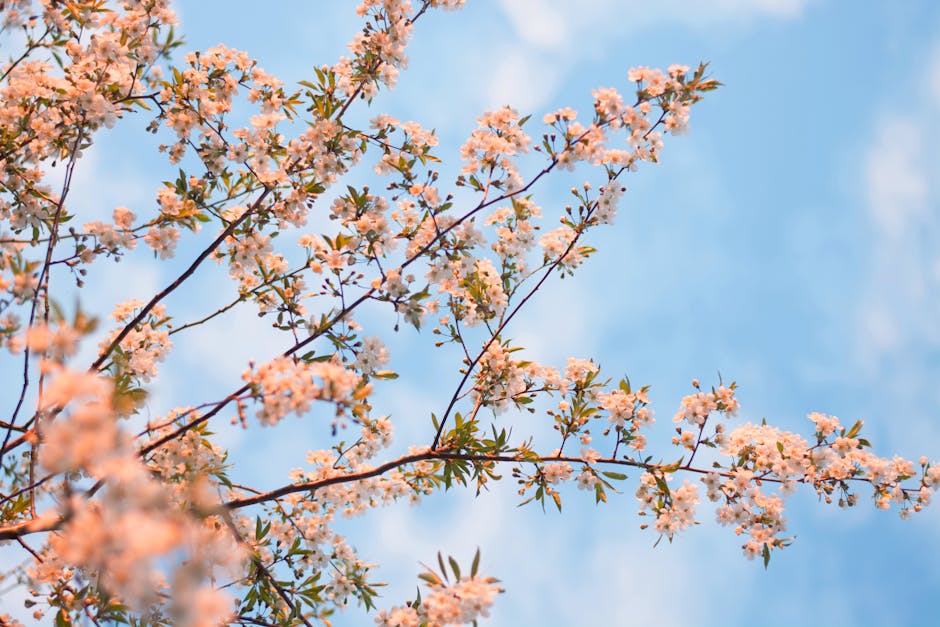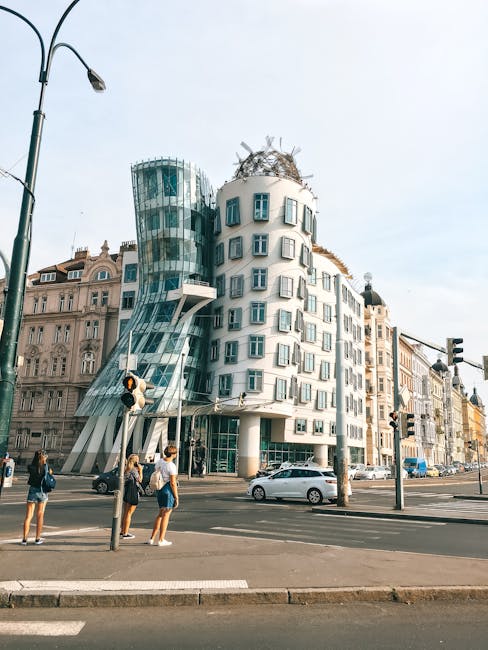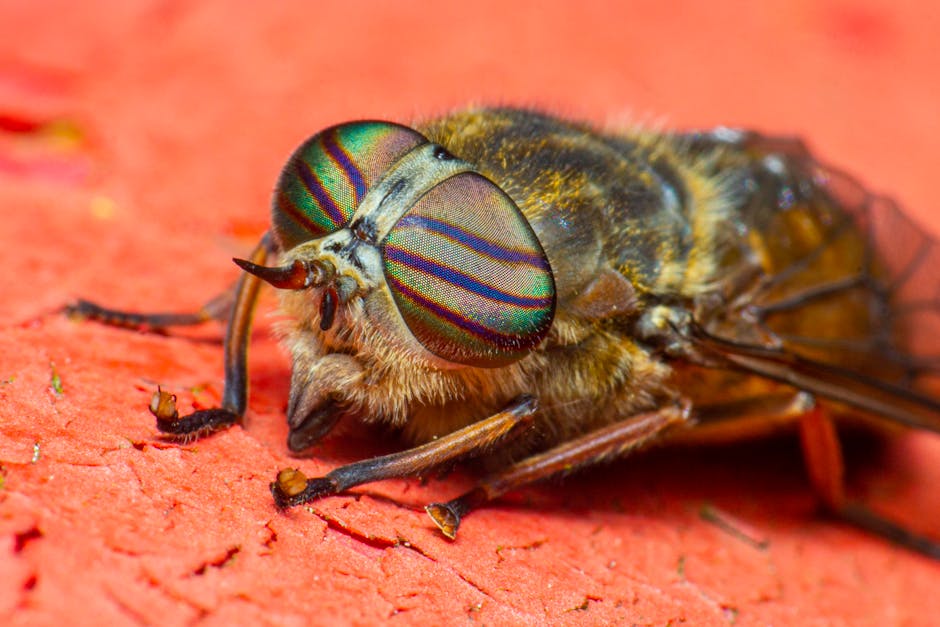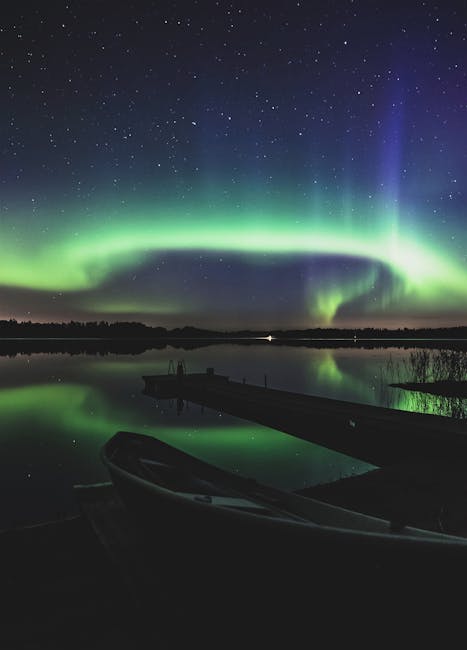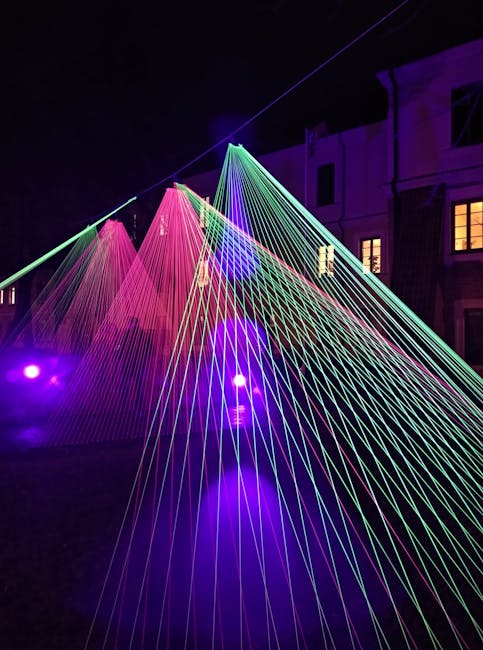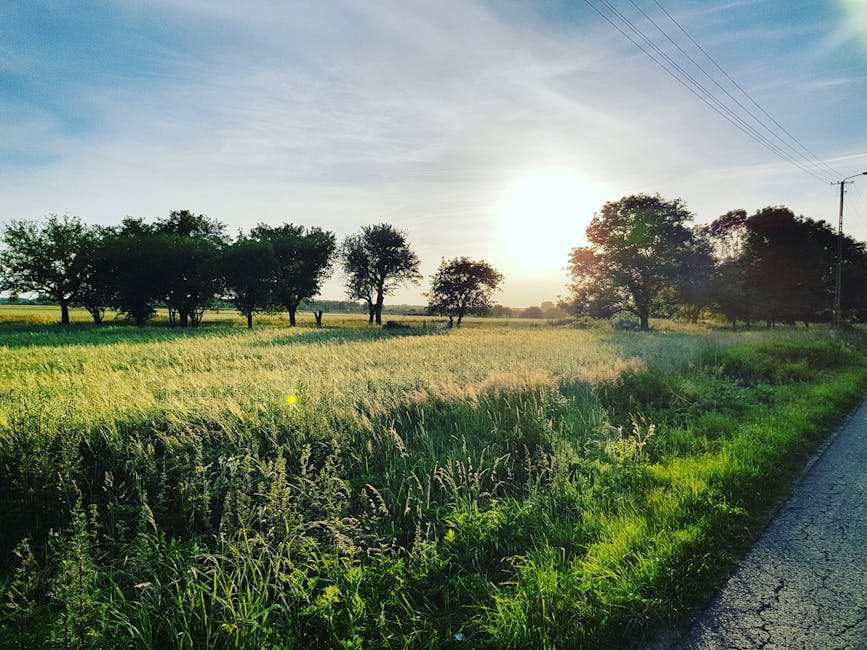Latvia
Overview
Latvia, nestled comfortably in Northern Europe, is a vibrant Baltic nation known for its rich history, diverse culture, and stunning landscapes. Latvia is unique in its blend of both traditional and modern, from its medieval old towns and historic castles to its thriving contemporary arts scene and bustling nightlife. The Latvian culture is an amalgamation of centuries-old traditions, folklore, and a deep appreciation for nature, all of which shine through in their music, art, and festivals. Particularly notable is the nationwide Song and Dance Festival, a UNESCO-recognized event that showcases the country's deep-rooted cultural heritage.
The high season for tourism in Latvia is during the summer months, from June to August. The weather during this time is pleasantly warm, typically ranging from 15°C to 25°C, making it perfect for outdoor activities. Visitors can enjoy the stunning beaches along the Baltic Sea, explore the dense forests and national parks, or partake in city tours and museum visits in the capital city, Riga. Summer also marks the season for various music and art festivals, including the aforementioned Song and Dance Festival, which occurs every five years.
Before visiting Latvia, travelers should ensure they have all necessary travel documents. For most tourists, a passport valid for at least six months beyond the planned departure date is required. Visitors from many countries, including the EU, US, Australia, and Canada, do not need a visa for stays of up to 90 days. It's also recommended to check the recommended vaccinations for travel to Latvia. Travel insurance is highly recommended in case of any unforeseen circumstances. It's important to have some understanding of the local customs and basic phrases in Latvian, though English is widely spoken in cities and tourist areas. Lastly, even though Latvia is part of the Eurozone, it's advisable to carry some cash for smaller establishments or remote areas.
A Glimpse into the Past
Latvia, a small country in the Baltic region of Northern Europe, offers a rich tapestry of history, culture, and stunning landscapes. Its strategic location has made it a crossroads of various cultures and influences over the centuries. The journey through Latvia's past is marked by invasions, occupations, and a resilient spirit that shaped the nation we see today.
The history of Latvia can be traced back to the Baltic tribes, who inhabited the region for thousands of years. These tribes, including the Livonians, Couronians, and Semigallians, established their own communities and cultures. By the 12th century, the introduction of Christianity began to alter the social landscape. The German crusaders, motivated by both religious zeal and economic interests, invaded the region in the early 1200s, leading to the establishment of the Livonian Order.
One notable site from this era is the Riga Old Town. Founded in 1201 by German Bishop Albert, it became the hub of trade in the Baltic Sea. The stunning Riga Cathedral and the House of the Blackheads are iconic symbols of this period, showcasing the influence of Gothic and Renaissance architecture. Visitors can wander the cobblestone streets, where the past comes alive through the vibrant cafes and shops that line the squares.
As the centuries progressed, Latvia found itself under the control of various foreign powers. In the 16th century, the Swedish Empire expanded its reach, bringing about a period of relative stability and prosperity known as the Swedish Era. This era left its mark on Latvia’s architecture, with the Baroque style evident in buildings like the Daugavpils Fortress and Jelgava Palace.
However, the 18th century saw Latvia caught in the throes of the Great Northern War, which shifted control to the Russian Empire. This transition introduced Russian influence into Latvian culture and governance. Despite the challenges of serfdom and oppression, Latvians began to cultivate a national identity, fueled by the burgeoning national awakening in the 19th century. This movement emphasized the importance of the Latvian language, folklore, and traditions.
The Latvian National Museum of Art in Riga serves as a repository of this cultural heritage, showcasing works that reflect the struggles and aspirations of the Latvian people. The museum is home to an impressive collection of 19th and 20th-century art, providing insights into the country's evolving identity during times of turmoil.
The early 20th century was a pivotal period for Latvia. Following the chaos of World War I, Latvia declared its independence on November 18, 1918. This newfound sovereignty was short-lived, as the country faced the trials of the interwar period, including economic challenges and political strife. Nonetheless, the Art Nouveau architecture in Riga from this period remains a testament to Latvia's artistic achievements, with the Alberta iela street being a prime example of this style.
The onset of World War II brought devastation and despair. Latvia was occupied first by the Soviet Union in 1940, then by Nazi Germany in 1941, and reoccupied by the Soviets in 1944. During these occupations, many Latvians suffered greatly, with thousands deported to Siberian labor camps or killed. The Museum of the Occupation of Latvia in Riga offers a poignant look at this dark chapter in history, documenting the impact of these regimes on the Latvian population.
Following the collapse of the Soviet Union in 1991, Latvia regained its independence, this time for good. The peaceful Singing Revolution, which involved mass singing events and demonstrations, highlighted the unity and resolve of the Latvian people. Today, the Freedom Monument in Riga stands as a symbol of this hard-won independence, commemorating those who fought for Latvia's freedom.
Latvia’s modern era is marked by its integration into European structures, including becoming a member of the European Union and NATO in 2004. This has led to significant economic development and a resurgence of national pride. The country has embraced its cultural heritage while also looking forward to the future.
For travelers, Jurmala, a coastal resort town, is a must-visit destination. Known for its beautiful wooden architecture and sandy beaches along the Gulf of Riga, it offers a relaxing escape filled with spas, cafes, and cultural events throughout the summer months. The nearby Kemeri National Park is a nature lover's paradise, featuring diverse ecosystems including wetlands, forests, and unique mineral springs.
In the realm of festivals, Jāņi, celebrated during midsummer, showcases Latvia’s folklore and traditions. This vibrant celebration features bonfires, singing, dancing, and the gathering of wildflowers. Visitors can partake in these festivities, offering a glimpse into the heart of Latvian culture.
Latvia’s natural beauty is also a significant draw. The Gauja National Park, often referred to as the "Switzerland of Latvia," is known for its picturesque landscapes, medieval castles, and diverse wildlife. The Cesis Castle, a well-preserved fortress dating back to the 13th century, is a highlight within the park, providing an immersive experience into Latvia's medieval past.
Kuldiga, a charming town in western Latvia, boasts the widest waterfall in Europe, the Ventas Rumba. The town's historical center is filled with wooden houses and cobblestone streets, offering a peaceful retreat from the hustle and bustle of larger cities.
As travelers explore Latvia, they will find that the country is a mosaic of experiences, blending its tumultuous history with a vibrant cultural present. The resilience of the Latvian people, reflected in their architecture, traditions, and natural beauty, creates a compelling narrative that invites visitors to delve deeper into the heart of this Baltic gem.
Latvia’s journey from ancient tribes to a modern European nation is a testament to its enduring spirit. Each city, each monument, and each story contributes to the rich historical fabric that makes Latvia a unique travel destination, one that promises both discovery and inspiration.
Top cities for tourists in Latvia
Discover the Famous Cities That Might Captivate Your Interests
Must-Try Foods You Can't Afford to Miss
Indulge in a Variety of Fantastic Foods During Your Stay in Latvia
May Be Your Next Destinations
People often choose these countries as their next destination


